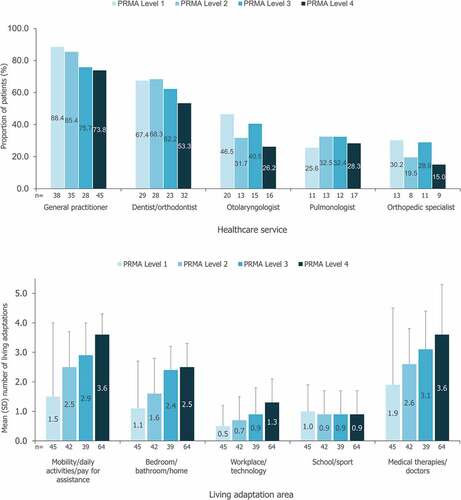Figures & data
Figure 1. Survey responses by study population.
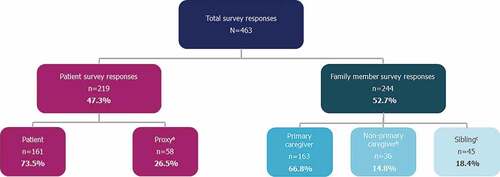
Table 1. Burden of illness survey participant demographics.
Figure 2. a) Joint mobility by patient age group b) Impact of joint mobility on patients’ physical functioning.
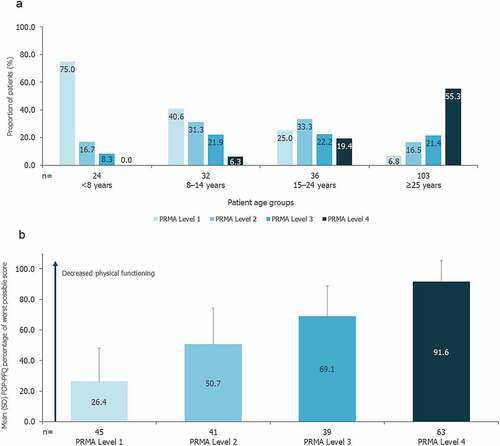
Figure 3. Impact of joint mobility on QoL for patients, family members, and primary caregivers.
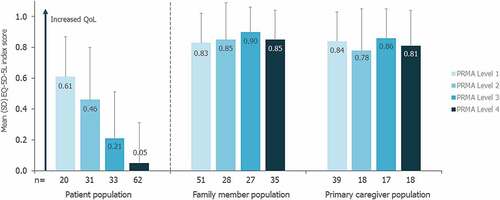
Figure 4. a) Impact of joint mobility on QoL for patients 5–14 years of age b) Impact of joint mobility on QoL for patients ≥15 years of age.
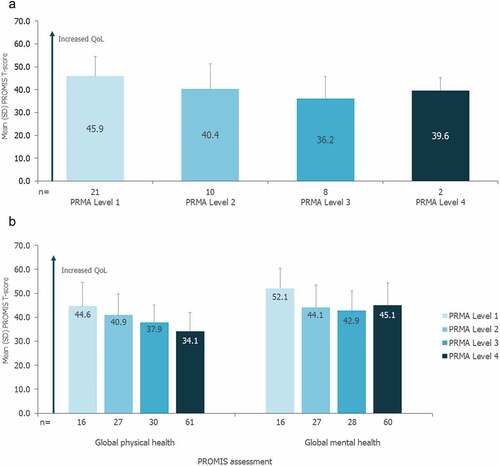
Figure 5. a) Most commonly utilized health services within the past 12 months b) Utilization of aids, assistive devices and adaptations and medical therapies/doctors.
